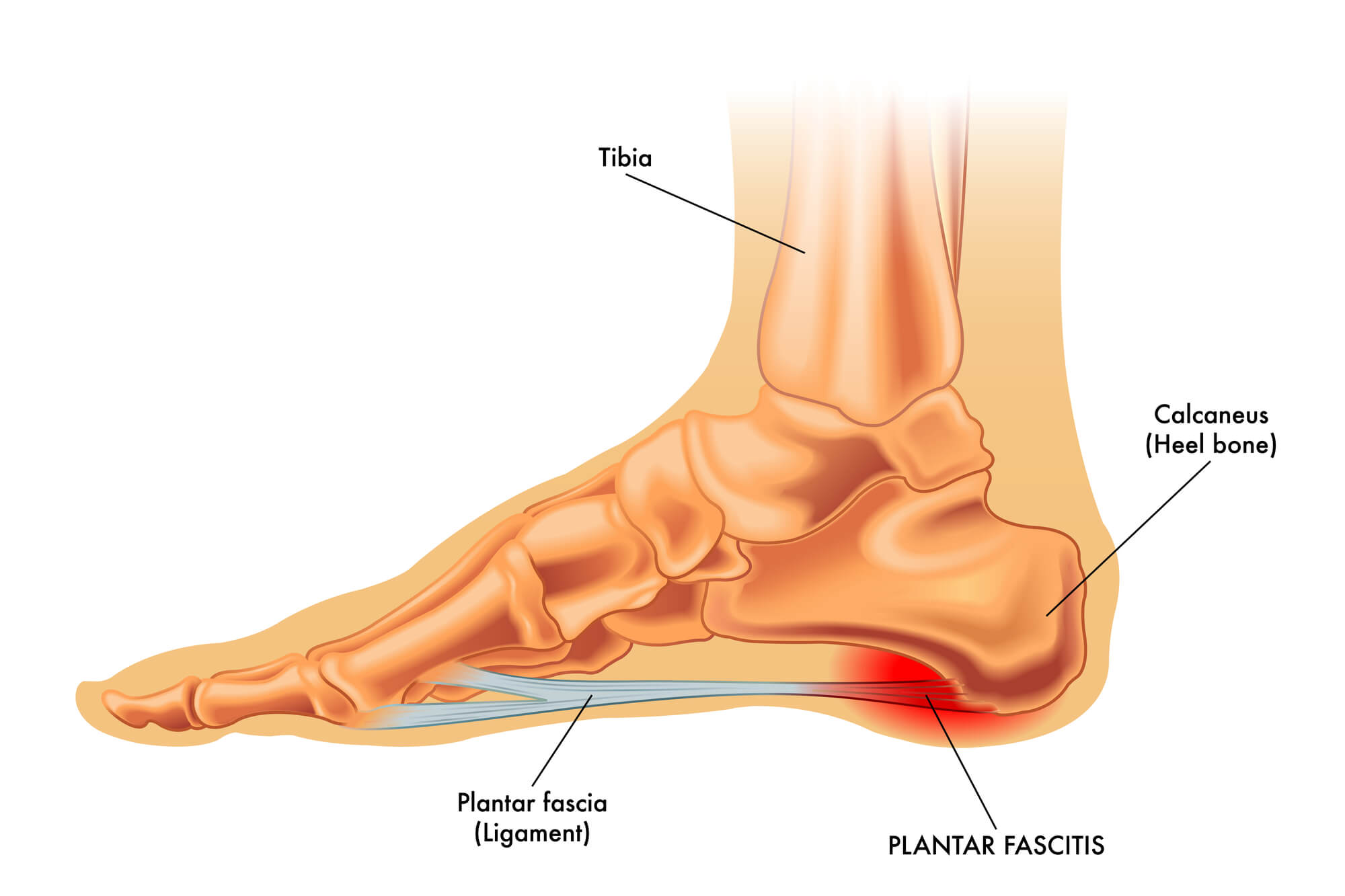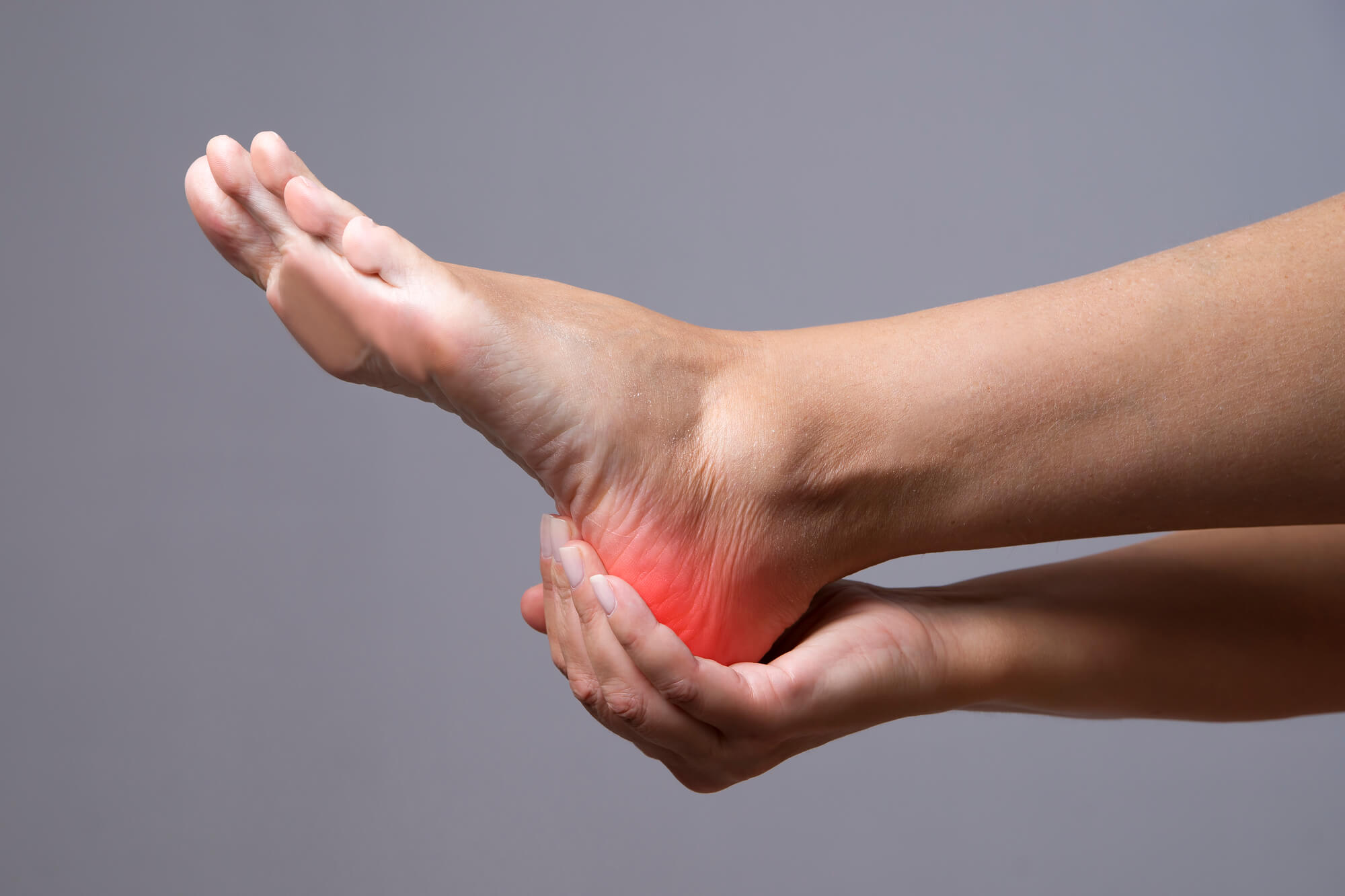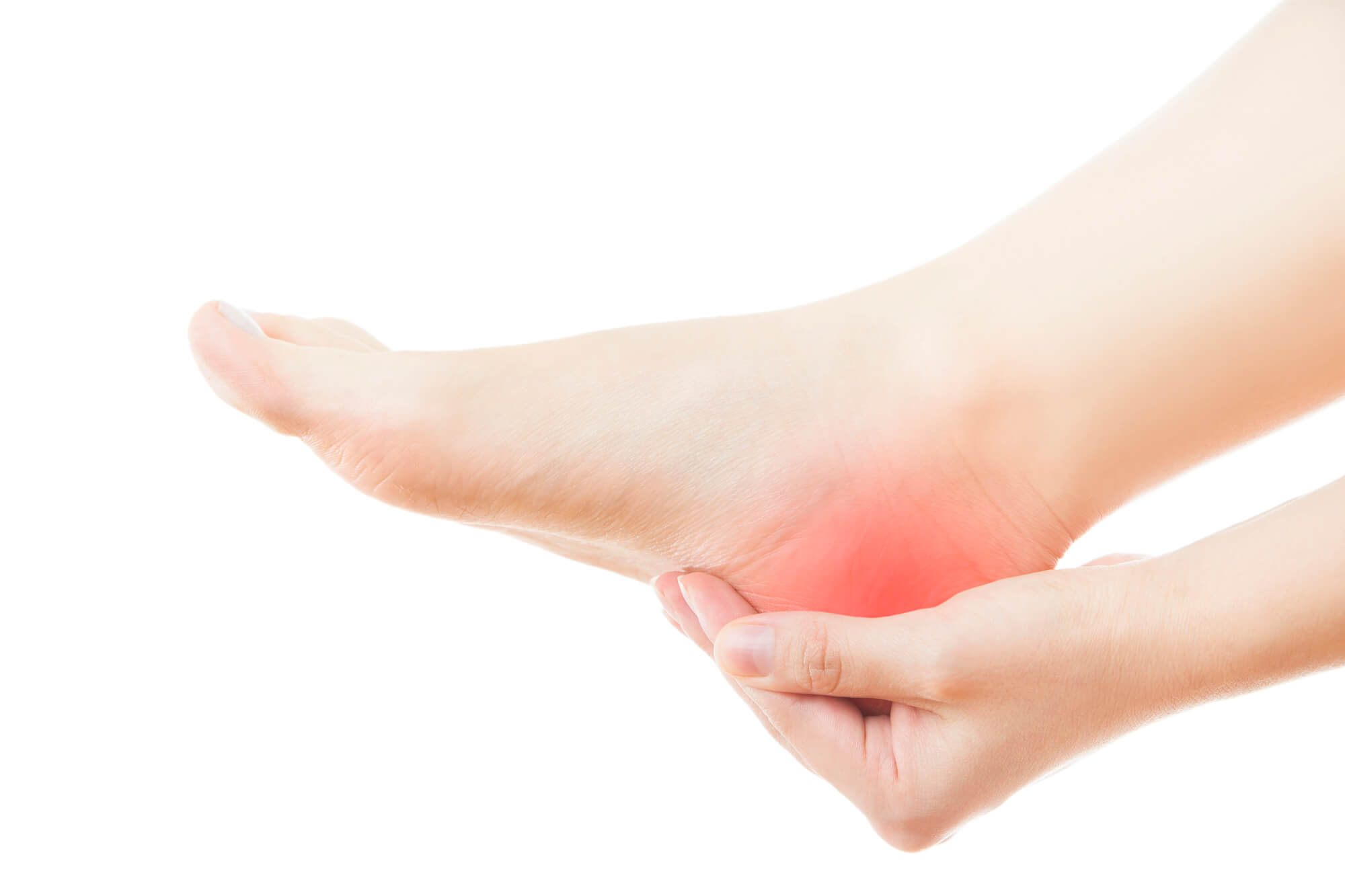Running with Plantar Fasciitis
Plantar fasciitis is a common condition that affects the foot, specifically the tissue that runs along the bottom of the foot and connects the heel bone to the toes. It is a leading cause of heel pain and can be especially problematic for runners who rely on their feet for their sport. If you are a runner dealing with plantar fasciitis, it is important to understand the condition and how to manage it effectively to continue training and competing at your best.
Introduction to Running and Plantar Fasciitis
Plantar fasciitis is a condition that occurs when the plantar fascia, the tissue that runs along the bottom of the foot and connects the heel bone to the toes, becomes inflamed. This tissue helps to support the arch of the foot and serves as a shock absorber when we walk or run. When inflamed, it can cause heel pain and discomfort, making it difficult to engage in activities that put pressure on the feet.
Plantar fasciitis is a common condition, and runners are particularly susceptible to it due to the high-impact nature of the sport. The condition is more common in middle-aged individuals, and those with flat feet or high arches are at an increased risk.
Symptoms of plantar fasciitis include heel pain that is worse in the morning or after periods of inactivity, pain that radiates from the heel to the toes, and difficulty standing on tiptoe. The pain is often described as a stabbing sensation and can be severe enough to interfere with daily activities.

Causes of Plantar Fasciitis
Several factors can contribute to the development of plantar fasciitis. The most common cause is overuse when the plantar fascia is subjected to repetitive stress without sufficient rest and recovery time. This can be particularly problematic for runners, who may be logging high mileage regularly.
Poor footwear is another common cause of plantar fasciitis. Shoes worn out or not providing adequate support and cushioning can put extra strain on the plantar fascia, leading to inflammation and pain. Runners must choose shoes that are appropriate for their foot type and running style and replace them regularly to ensure that they provide adequate support.
Abnormal foot structure, such as flat feet or high arches, can also contribute to the development of plantar fasciitis. These structural issues can affect how weight is distributed across the foot, putting extra strain on the plantar fascia. Tight calf muscles can also contribute to plantar fasciitis, as they can pull on the heel and cause strain on the plantar fascia.

Treatment Options
If you are experiencing plantar fasciitis, it is important to seek treatment to manage the condition and prevent it from worsening. There are several treatment options available, including both non-invasive and invasive techniques.
Non-Invasive Treatments
Non-invasive treatments for plantar fasciitis include rest and ice, stretching and strengthening exercises, and orthotic inserts or custom orthotics. Rest and ice can help reduce inflammation and alleviate pain while stretching and strengthening exercises can help improve flexibility and support the foot's arch. Orthotic inserts or custom orthotics can provide additional support and cushioning for the foot, helping to reduce strain on the plantar fascia. Physical therapy is another option that can help manage plantar fasciitis, as it can provide targeted exercises and techniques to help reduce pain and improve foot strength and flexibility.
Other non-invasive treatments that may be effective in managing plantar fasciitis include massage, acupuncture, and low-level laser therapy. Massage can help to alleviate muscle tension and improve circulation, while acupuncture can help to reduce inflammation and improve overall function. Low-level laser therapy involves using low-level lasers to stimulate the tissues of the foot, which can help reduce pain and improve healing.

Invasive Treatments
Invasive treatments for plantar fasciitis are typically reserved for cases that do not respond to non-invasive treatment options. These treatments include corticosteroid injections, extracorporeal shock wave therapy, and platelet-rich plasma injections. Corticosteroid injections involve the injection of a corticosteroid medication into the plantar fascia to reduce inflammation and pain. Extracorporeal shock wave therapy involves using sound waves to stimulate the foot's tissues. In contrast, platelet-rich plasma injections involve the injection of a concentrated solution of platelets into the plantar fascia to stimulate healing.
It is important to note that these invasive treatments are not without risks, and it is always best to discuss the potential risks and benefits with a healthcare provider before proceeding. A podiatrist or a doctor specialising in foot and ankle care is a good resource for information on plantar fasciitis treatment options.

Preventing Plantar Fasciitis
While plantar fasciitis can be a frustrating and painful condition, there are steps that runners can take to prevent its development. Here are some tips for preventing plantar fasciitis:
- Gradually increase mileage: If you are increasing your running volume, be sure to do so gradually to allow your feet and legs time to adjust. Sudden increases in mileage can put extra strain on the plantar fascia and increase the risk of plantar fasciitis.
- Wear proper footwear: As mentioned earlier, wearing shoes that provide adequate support and cushioning is essential for preventing plantar fasciitis. Be sure to choose shoes that are appropriate for your foot type and running style, and replace them regularly to ensure that they provide adequate support.
- Stretching the muscles of the foot and calf regularly can help improve flexibility and reduce strain on the plantar fascia. Be sure to incorporate foot and calf stretches into your daily routine to keep these muscles loose and flexible.
- Maintain a healthy weight: Carrying excess weight can put extra strain on the feet, increasing the risk of plantar fasciitis. Maintaining a healthy weight can help to reduce the strain on the feet and prevent the development of plantar fasciitis.
- Avoid running on hard surfaces: Running on hard surfaces can increase the impact on the feet and increase the risk of plantar fasciitis. Incorporate softer surfaces into your training routes, such as grass or trails.
Conclusion
Plantar fasciitis is a common condition that can be especially problematic for runners. By understanding the causes and treatment options available, runners can effectively manage the condition and continue training and competing at their best. It is important to seek treatment if necessary and to take steps to prevent the development of plantar fasciitis in the first place. Remember to choose shoes that provide adequate support and cushioning, stretch regularly, maintain a healthy weight, and avoid running on hard surfaces.
If you are experiencing heel pain or other symptoms of plantar fasciitis, it is also a good idea to consult with a healthcare provider, such as a podiatrist, for personalized advice and treatment recommendations. With the right approach, runners can successfully manage plantar fasciitis and keep their feet healthy and pain-free.
FAQ
Should I still run if I have plantar fasciitis?
Taking a break from running or other high-impact activities is generally recommended if you are experiencing plantar fasciitis symptoms. Running on an inflamed plantar fascia can worsen the condition and prolong the healing process. It is important to allow the tissue time to rest and recover to reduce inflammation and pain. If you are experiencing plantar fasciitis, you may want to consider cross-training activities that are less impactful on the feet, such as cycling or swimming, while you recover.
When can I start running with plantar fasciitis?
The timing for returning to running after experiencing plantar fasciitis will depend on the severity of the condition and how well it responds to treatment. In general, it is important to listen to your body and pay attention to any pain or discomfort that you may be experiencing. If you are experiencing pain while running, taking a break is a good idea, allowing the tissue time to rest and recover.
Once the pain has subsided and you are able to complete a run without discomfort, it may be appropriate to increase your mileage and intensity gradually. It is always a good idea to consult a healthcare provider, such as a podiatrist, for personalized advice and guidance on returning to running after experiencing plantar fasciitis.
Will running with plantar fasciitis make it worse?
Running on an inflamed plantar fascia can worsen the condition and prolong the healing process. It is important to allow the tissue time to rest and recover to reduce inflammation and pain. If you are experiencing plantar fasciitis, taking a break from running or other high-impact activities is recommended until the condition has improved.
Once the pain has subsided and you are able to complete a run without discomfort, it may be appropriate to increase your mileage and intensity gradually. It is always a good idea to consult a healthcare provider, such as a podiatrist, for personalized advice and guidance on managing plantar fasciitis and returning to running.
How do I choose the right running shoes for plantar fasciitis?
Choosing the right running shoes is important in managing plantar fasciitis and preventing the condition from worsening. Look for shoes that provide adequate support and cushioning for your foot type and running style. Consider consulting with a podiatrist or other healthcare provider who can recommend shoes suitable for your needs.
Can plantar fasciitis lead to other problems, such as a heel spur or tendon issues?
Plantar fasciitis can lead to other foot problems, such as a heel spur or issues with the tendons in the foot and ankle. A heel spur is a bony growth that develops on the heel bone and can be caused by repetitive strain on the plantar fascia. Tendinitis, or inflammation of the tendons, can also occur in the foot and ankle due to plantar fasciitis. It is important to seek treatment for plantar fasciitis to prevent the development of these other conditions.
Is taping a good treatment option for plantar fasciitis?
Taping, or adhesive tape to provide support and stability to the foot, is a non-invasive treatment option that may be effective in managing plantar fasciitis. Taping can help to reduce strain on the plantar fascia and alleviate pain. It is generally considered a safe and easy treatment option, but it is always a good idea to consult a healthcare provider before starting any new treatment.
Can arch support inserts help with plantar fasciitis?
Arch support inserts, also known as orthotic inserts, can help manage plantar fasciitis. These inserts provide additional support and cushioning for the foot, helping to reduce strain on the plantar fascia. Arch support inserts can be purchased over the counter or custom-made by a podiatrist or other healthcare provider. They can be effective in reducing pain and improving overall foot function.
How do I know if my Achilles tendon is tight?
Tightness in the Achilles tendon can contribute to the development of plantar fasciitis. Signs of tightness in the Achilles tendon include difficulty standing on tiptoe, difficulty flexing the foot, and pain or discomfort when stretching the tendon. If you are experiencing these symptoms, it is a good idea to consult a healthcare provider for guidance on stretching and strengthening exercises to help improve flexibility and reduce tightness in the tendon.
Can plantar fasciitis be caused by tightness in the calves?
Tightness in the calves can contribute to the development of plantar fasciitis. Tight calf muscles can pull on the heel and cause strain on the plantar fascia, leading to inflammation and pain. Stretching and strengthening exercises can help to improve flexibility and reduce tightness in the calves, which may help to prevent the development of plantar fasciitis. It is important to regularly stretch the calves and incorporate exercises to strengthen the lower leg muscles to maintain good flexibility and prevent tightness.

